Laura Yuen: Before Minnesota became a Hmong magnet, one family led the way
Published in Lifestyles
MINNEAPOLIS -- If you ever meet Bill Hawj at a party, there’s a good chance his ice-breaker is better than yours. The 49-year-old Uber driver from Roseville might tell you that he was the first Hmong baby born in Minnesota.
Bill’s parents, Dang and Shoua Hawj, were the first Hmong refugees to come to the state, an illustrious distinction confirmed by community members and historians. On Dec. 5, 1975, the couple and their 2-year-old son — Bill’s older brother, Touvi — arrived in Minnesota, clearing a path for the tens of thousands who followed.
Over the 50 years since their arrival, Hmong Americans have reshaped Minnesota. The Twin Cities now boasts the nation’s largest metro population of Hmong, at 90,000 and growing.
The Hawj family is proud of all that their community has produced, from an Olympic champion gymnast in Suni Lee to the newest mayor of St. Paul, Kaohly Her. Hmong American writers like Kao Kalia Yang have enriched Minnesota’s literary canon. Chefs Diane Moua and Yia Vang have invigorated our culinary landscape.
“It’s not just what they do, politically or economically, but they’ve stimulated the imagination of American society,” said Mai Na Lee, a history professor at the University of Minnesota.
But somebody had to be the first. It took one family to chart a course that helped change our state’s trajectory.
“I’m very proud of what my folks were able to accomplish — to bring us here, survive here and then raise us,” said Touvi Her, now 52, who lives with his wife and two grown daughters in Coon Rapids. “I’m proud because I have a beautiful family. I don’t have a lot of worries nowadays.”
How they got here
Touvi was too young to retain any memories of fleeing Laos at the end of the Vietnam War. The Hmong had been crucial allies of the U.S. government, fighting alongside the CIA and rescuing downed American pilots in what has become known as the Secret War in Laos.
But the Hmong’s alliance with the U.S. would cost them. After Laos fell to the Communists in 1975, members of this ethnic minority were targeted for reprisals. While the U.S. government accepted Vietnamese and Cambodians, it initially refused to open its doors to the Hmong, deeming them “too primitive” to survive here.
Lee Pao Xiong, founding director of the Center for Hmong Studies at Concordia University in St. Paul, said aid workers in the refugee camps thought of the Hmong as “the rednecks of Laos.”
“‘Fresh off the trees’ was the wording,” added Lee, the U prof, who emigrated to the Midwest when she was 11. “One senator said we were ‘indigestible to American society.’”
The Americans, however, had vastly underestimated the Hmong’s ability to adapt. This was a people who had fled persecution in China thousands of years ago and migrated throughout southeast Asia, bending to survive in each place they called home.
Dang Hawj was lucky. Because he worked for the United States Agency for International Development (USAID), helping Hmong receive food and other provisions, his family was among the first wave plucked from a makeshift camp in Thailand to resettle in the United States. This initial group also included Gen. Vang Pao and his associates, and others who worked for the U.S. government. Dang was very ill in the camp; he often said he would not have survived if he had languished there.
The official refugee process for the Hmong didn’t begin until the following year. And some who remained in the camps were afraid to come to the United States, facing the unknown. Some believed that the nyak, an ogre who ate humans, roamed the country.
The earliest refugees were key to easing the way for later waves of immigrants. These pioneers beckoned others by cassettes they sent back to the camps, Lee said, sharing their success.
Isolated and homesick
When the Hawj family arrived in Minnesota in December 1975, they faced both an unforgiving winter and the emotional challenges of being the first Hmong family here.
Dang’s wife, Shoua, now 72, remembers those early days living with a sponsor family in Anoka. While Dang was at school all day studying English, Shoua stayed inside her bedroom. She spent those days of isolation looking out the window and sobbing.
After baby Bill was born the following February, Shoua was reminded how far she was from home. In her culture, it would be unthinkable to sleep apart from your newborn. But here, Bill slept in his own room. Shoua paced, anxious and homesick.
Nor could she make herself the traditional chicken herb soup that has nourished Hmong moms for centuries. The herbs were nowhere to be found in Minnesota.
One unusual food still sticks out in her mind. Dang frequently came home from school with a treat from the vending machine: a two-pack of Twinkies.
Shoua says those processed pastries helped her survive — but she’s glad she doesn’t need to eat them anymore.
A new frontier
Minnesota soon became a magnet for Hmong newcomers. The state’s long history of welcoming immigrants, buttressed by a system of churches and nonprofits that helped resettle them, positioned the state for growth. Good schools and plentiful jobs in the Twin Cities also spurred a secondary migration from other states.
Notable Minnesotans, from Vice President Walter Mondale to Gov. Al Quie, advocated for the U.S. to accept the Hmong. The Republican governor, moved by the degree of human suffering he saw while visiting the refugee camps in Thailand in 1979, lobbied the State Department to send the refugees to Minnesota, Xiong said. “The stars aligned,” he said.
As more Southeast Asians made the state their new home, Shoua started working as an interpreter for early childhood education in St. Paul, helping teach other moms how to cook using a stove and bundle up their kids for Minnesota winters.
Dang also made sure to lift others up. He helped found what became Lao Family Community of Minnesota, a social services organization, and planned annual gatherings that thrive to this day, including New Year’s celebrations and the Hmong International Freedom Festival (known as the “Olympics of the Hmong American community.”) He helped found the St. Paul Hmong Alliance Church, one of the largest of its kind in the nation.
A nod to his family’s initial pangs of homesickness, Dang established two Hmong grocery stores in St. Paul. The businesses left a profound imprint on his kids, including daughter Risa, who worked the cash register as a 9-year-old. She learned not only how to mind the store, but the importance of working hard while staying grounded.
Giving thanks
Dang, who later changed his name to Donald, and Shoua reared seven children in all. (Most of the family legally changed their surname from Her to Hawj, a Hmong variation of the spelling.) The couple’s kids now work as professionals with impressive titles in engineering, HR and IT.
While many community members are thriving, disparities persist. About a fifth of Hmong Minnesotans over 25 lack a high school diploma or its equivalent.
It was only when Risa became an adult that she realized how much her parents helped shape the community.
“My dad, he was a big visionary person,” she said. “We were so young to understand that at the time.”
For many years until his passing in 2022 of prostate cancer, Dang led his family every Thanksgiving dinner with a prayer and a speech, reminding them of the blessings that led them to the States. Now Touvi, their eldest, leads the prayer, offering a few reflective words before digging into the turkey. Always be grateful.
This season we give thanks for the Hmong who bravely started over in Minnesota. They paid a painful price, of war trauma, lives lost and lonely nights in a strange new land, but showed us just what they could do when given room to try. Their journey asks us to reflect on who will we become over the next 50 years — and whom might we lose — if immigrants aren’t afforded that chance.
People like the Hawj family didn’t just survive Minnesota. They helped remake it.
©2025 The Minnesota Star Tribune. Visit at startribune.com. Distributed by Tribune Content Agency, LLC.
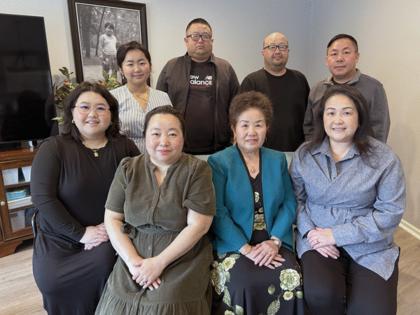
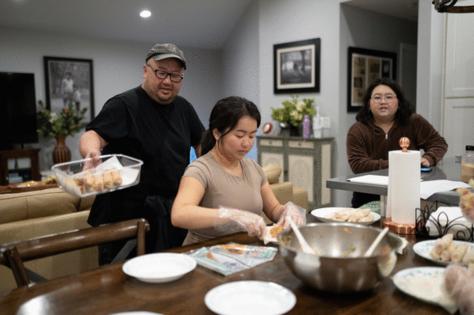
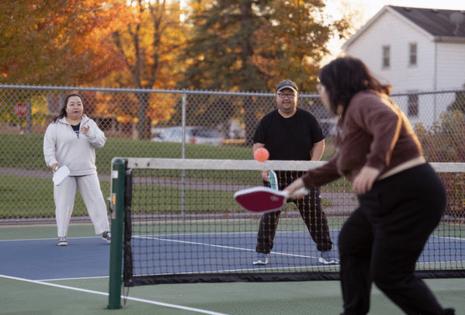
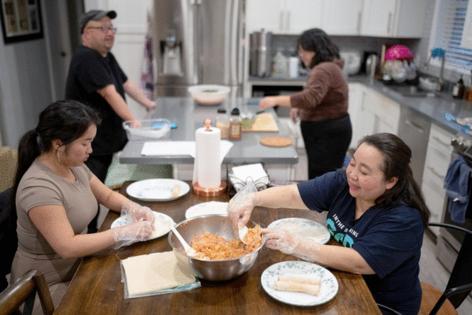




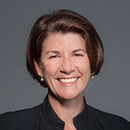
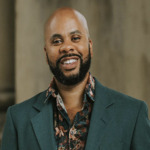
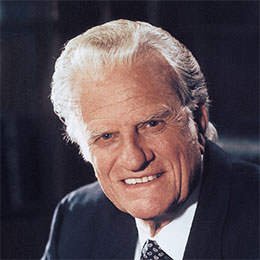
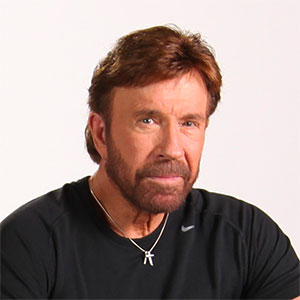

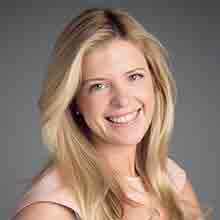



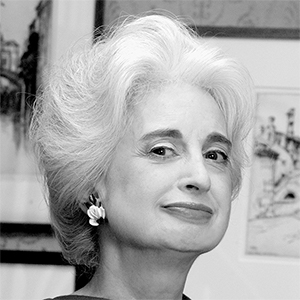

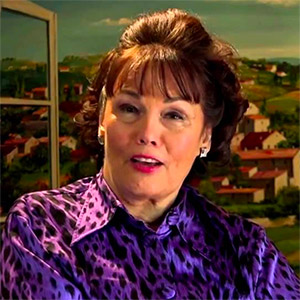
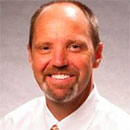



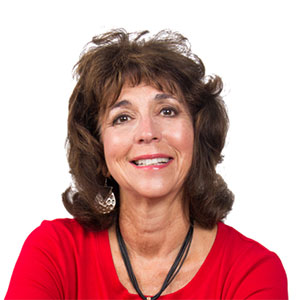
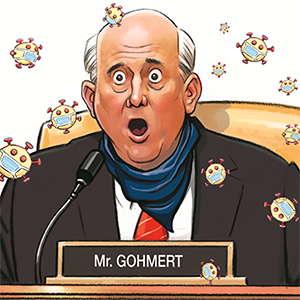
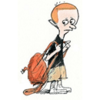


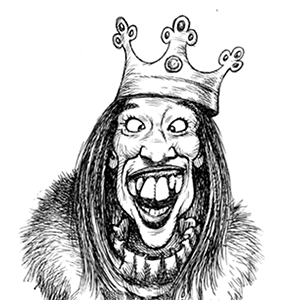

Comments